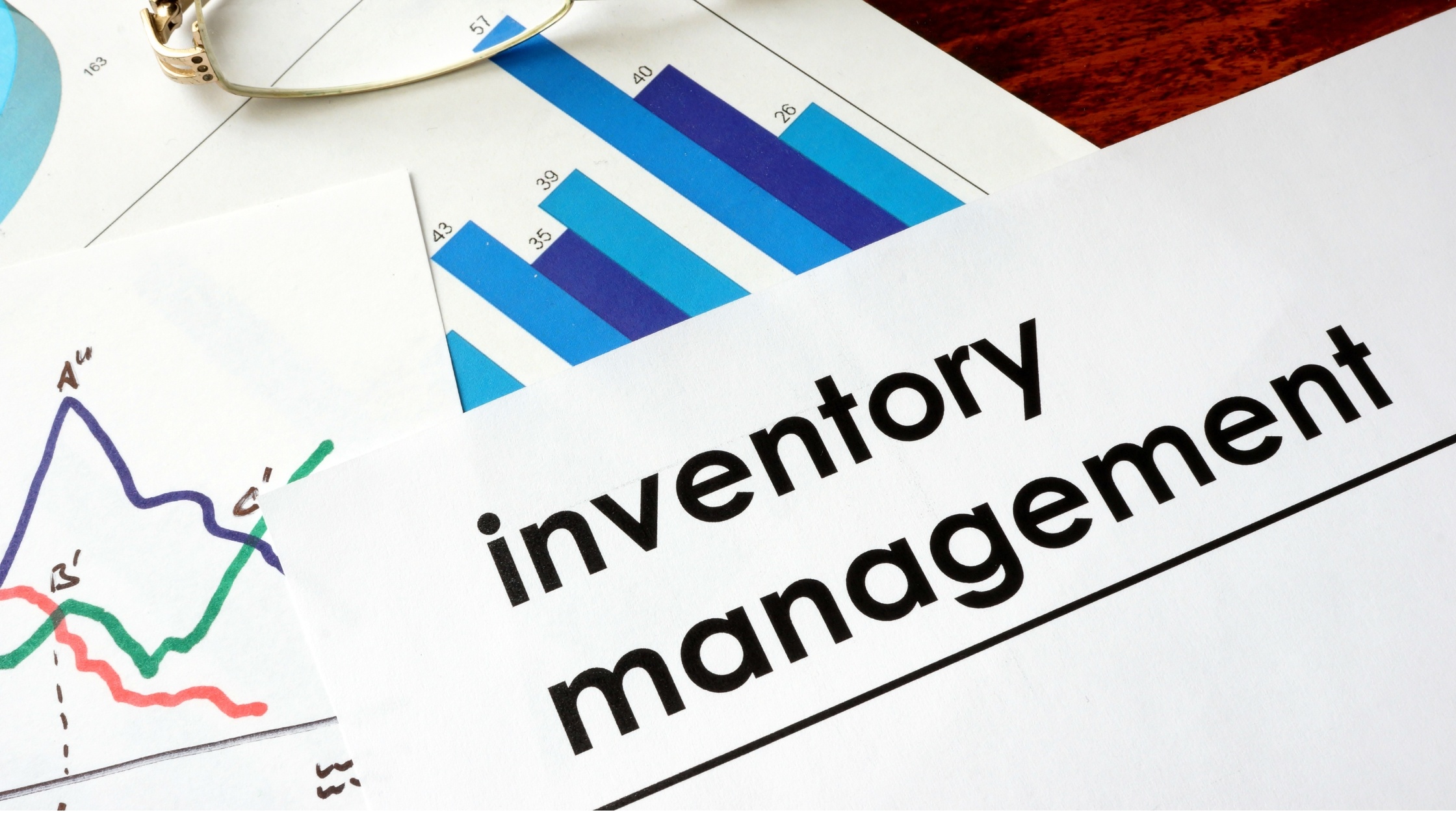Effective inventory management is crucial for the success of any business, whether you're running a retail store, a restaurant, or a warehouse. One of the critical components of inventory management is choosing the correct method for counting your stock. In this blog post, we'll explore various inventory counting methods and the key considerations to help you select the best approach for your business.
The Importance of Accurate Inventory Counting
Accurate inventory counting is essential for several reasons:
Financial Accuracy: Proper inventory counts ensure that your financial records reflect the actual value of your stock, which is crucial for accounting and financial planning.
Customer Satisfaction: Accurate counts help prevent stockouts and overstocking, ensuring you can meet customer demand without excessive surplus.
Operational Efficiency: Knowing your inventory levels helps streamline purchasing and stocking processes, reducing waste and improving overall efficiency.
Loss Prevention: Regular and accurate inventory counts can help detect theft, loss, or damage early, allowing you to take corrective action promptly.
Common Inventory Counting Methods
There are several methods for counting inventory, each with advantages and considerations. Here are some of the most common approaches:
Periodic Inventory Counting
Periodic inventory counting involves physically counting all inventory items at specific intervals, such as monthly, quarterly, or annually.
Advantages:
- Provides a comprehensive overview of inventory levels at specific points in time.
- Useful for businesses with limited resources for continuous monitoring.
Considerations:
- It can be time-consuming and disruptive to operations, especially for extensive inventories.
- It may result in inaccuracies between counts due to theft, loss, or discrepancies.
Perpetual Inventory Counting
Perpetual inventory counting continuously updates inventory records as transactions occur, providing real-time inventory levels.
Advantages:
- Offers real-time accuracy and continuous monitoring.
- Reduces the need for large-scale physical counts.
- Improves decision-making with up-to-date information.
Considerations:
- Requires investment in inventory management software or systems.
- May need ongoing training and adjustments to workflows.
Cycle Counting
Cycle counting involves counting a subset of inventory items on a rotating schedule rather than counting the entire inventory simultaneously.
Advantages:
- Less disruptive than full physical counts.
- Helps identify and correct discrepancies more frequently.
- Allows for continuous monitoring without halting operations.
Considerations:
- Requires a well-defined schedule and disciplined execution.
- May need dedicated personnel for cycle counts.
ABC Analysis
ABC analysis categorizes inventory items into three groups (A, B, and C) based on their importance and value, with A being the most valuable and C being the least.
Advantages:
- Focuses resources on counting high-value or high-turnover items more frequently.
- Helps prioritize inventory management efforts.
Considerations:
- Requires analysis and categorization of inventory items.
- Less emphasis on lower-value items may lead to inaccuracies in those categories.
Key Considerations When Choosing an Inventory Counting Method
When deciding which inventory counting method is best for your business, consider the following factors:
Business Size and Complexity
SMBS: May benefit from more straightforward methods like periodic counts or basic perpetual systems.
Large Enterprises: Often require more sophisticated approaches like cycle counting or advanced perpetual systems.
Inventory Volume and Turnover
High Turnover: Businesses with high turnover rates might need perpetual counting or frequent cycle counts to maintain accuracy.
Low Turnover: Periodic counts or less frequent cycle counting may suffice for businesses with lower turnover rates.
Available Resources
Budget: Consider the cost of implementing and maintaining inventory counting systems, including software, hardware, and training.
Staff: Assess the availability and expertise of staff to manage and execute inventory counts.
Industry Requirements
Regulatory Compliance: Some industries have specific requirements for inventory tracking and reporting, which may influence your choice of method.
Industry Best Practices: Look at what similar businesses in your industry are doing to manage their inventory effectively.
Technological Capabilities
Software and Tools: Evaluate the availability and compatibility of inventory management software and tools with your existing systems.
Automation: Consider the potential benefits of automation and integration with other business systems, such as point-of-sale (POS) and enterprise resource planning (ERP) systems.
How trakr Counting Can Help
At trakrSuite, we understand the challenges businesses face in managing their inventory. Our app is designed to turn any phone into a powerful inventory-counting tool, providing flexibility and accuracy regardless of your chosen method. Here’s how trakr Counting can support different inventory counting methods:
Perpetual Counting: Our app provides real-time updates and synchronization, ensuring your inventory data is always current.
Cycle Counting: Easily schedule and manage cycle counts with our intuitive interface, reducing disruption to your operations.
ABC Analysis: Use our app to categorize and prioritize inventory items, ensuring your most valuable stock is always accurately counted.
Choosing the best way to count inventory is crucial for maintaining accurate stock levels and ensuring the smooth operation of your business. By understanding the different methods and considering your specific needs and resources, you can select your best approach. Tools like trakr Counting can enhance your inventory management practices, reduce errors, and improve overall efficiency.







Leave a Comment